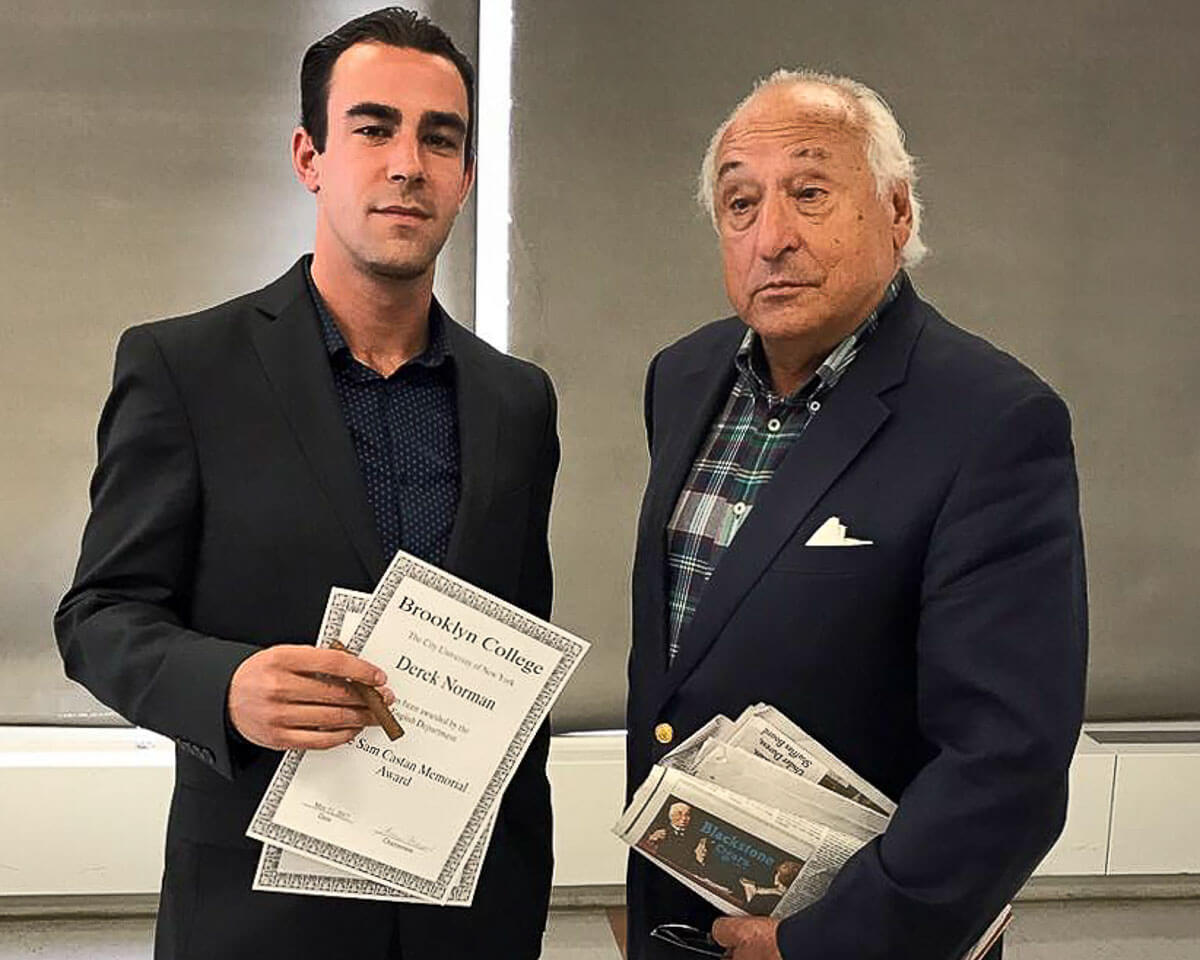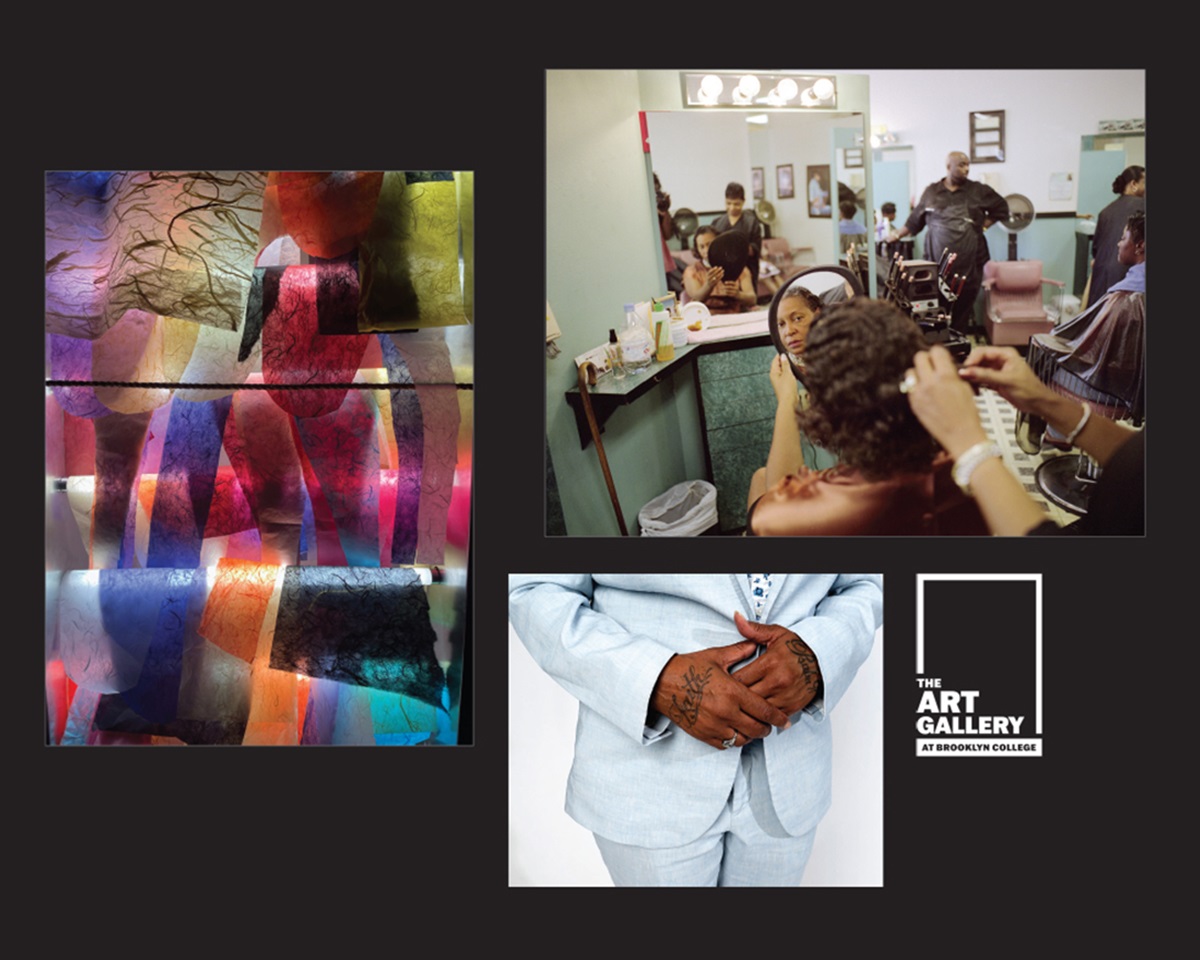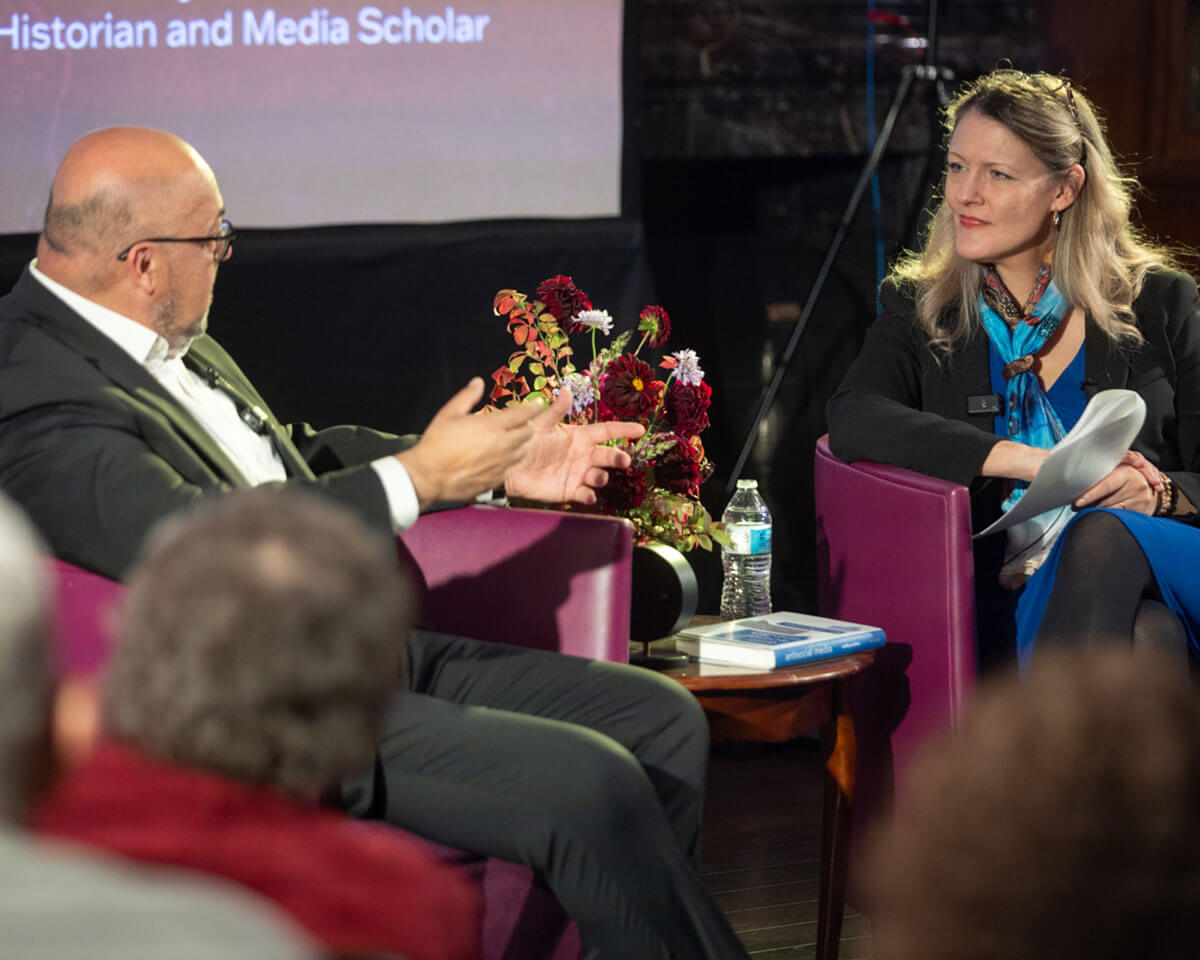Journalist Derek Norman ’17 left his native Guilford, Conn., a small shoreline town nearly a decade ago, and moved to New York City to become a fireman. He gave up on the idea when he realized that the FDNY application and hiring process advanced at a glacial pace, and soon enrolled at Brooklyn College. Today he writes for The New York Times, chasing down hot news instead of actual fires, “equipped with a notebook and pen rather than a helmet and Halligan,” as he describes it. We checked in with Norman to ask him about his career at the Gray Lady, including what made him choose journalism (“the adrenaline rush of running toward the action”), how he landed a coveted job that started just a day after graduation, and who guided and inspired him at Brooklyn College. —Martin Johnson
What interested you in a career in journalism?
DN: After I moved to New York City I enrolled at Guttman Community College in midtown Manhattan and was waiting to take the firefighter civil service exam. But I quickly learned how difficult it was to get hired, so I continued with college instead, essentially to kill time. Once I enrolled at Brooklyn College, I knew I had to choose a major. I had always loved writing, and have always been the kind of guy who is drawn toward action. Journalism seemed to consist of both.
The more journalism I did, the more I realized it was the right path for me. There’s something to be said for trying to capture the human experience in a snapshot of time—and the many purposes that serves: to document history unfolding as a record of the human experience, to give voice to those who otherwise would have none, to hold powers accountable, and to shine light in otherwise dark spaces, for the progress of society. I was attracted to that mission. And to be able to have a job where you place yourself in these moments in time, to bear witness, felt like a privilege as much as a duty.
How did you get the job at The New York Times?
DN: There was an incredibly thoughtful and skilled adjunct professor, Don Hecker, who taught one course in the Print Journalism Department. He had spent years at the Times as a copy editor, and was teaching an editing class—which, by the way, was probably one of the most beneficial courses I’ve taken in my entire academic career. In an off-topic discussion in class, he mentioned the kind of old-school way that a handful of Times staffers have ended up in the newsroom: beginning their careers as news assistants. The position sounded clerical, like a modern-day “copy boy.”
Professor Hecker, after mentioning the role of news assistant as essentially a way into the Times through a kind of side door, gave me the e-mail address of the man who runs newsroom operations. While many students didn’t care for the idea of the position, or didn’t realize the opportunity, I took the e-mail address and sent out a feeler. I mentioned who I was, what I was doing, and how I would be qualified for the job, and I asked the man to let me know if there were any openings. I attached my résumé and pretty much forgot about it.
Months later, I heard from the guy, who said the Times needed some news assistants. He had stumbled upon my e-mail while digging around and asked me in for an interview. I started the job the day after my graduation from Brooklyn College.
What do you do at the Times?
DN: After floating between section desks for a bit, I finally landed on the New York, or Metro, section as their full-time news assistant. I took over our social media and help to produce our daily newsletter, watch for breaking news, and assist the editors in any way. As a stringer, I’m sent on assignments all over the city for “man on the street” reporting. I’ll run to a scene and gather quotes, details of a scene, any uncovered information, and feed it back to a writer or editors at the desk, and they will weave it all into the story being worked on. That’s how one story covers so much ground so quickly: One reporter will be anchored in the newsroom writing, while a handful of others are out in the streets feeding back information. I do this often. And in my time in between, I report and write my own feature stories.
About those feature stories: Which ones were the most interesting or fun to work on?
DN: I don’t think I could pick just one. The beauty of working as a journalist is that you find yourself in places and talking to people that you never otherwise would have found yourself. I’ve written about girls who joined the Boy Scouts in Staten Island. I’ve attended the funeral of a Paris Is Burning–era LGBTQ icon. I’ve joined hundreds of men lifting a three-ton, nearly 80-foot statue of an Italian saint in the streets of Brooklyn for a decades-old cultural feast. I’ve met with war correspondents and local artisans.
But I think the most exciting day I’ve had was working on a story that led to my first front-page byline. An editor called me early one morning and asked if I could head to NYPD headquarters in lower Manhattan. The police commissioner was going to address safety concerns ahead of the first “World Pride” parade in NYC, and one of our reporters whose beat is the NYPD caught wind that the commissioner might apologize on behalf of the department for its role in the riots that occurred at the Stonewall Inn in the summer of 1969. This would be huge news, as it was controversial, and would mark a significant cultural turning point in New York City’s history.
I made it down to One Police Plaza and was listening to the commissioner speak, and sure enough, he apologized. I immediately wrote a couple of sentences in an e-mail to my editor back in the newsroom, and continued to take notes. After what seemed like only a few minutes, I felt my phone vibrate. I pulled it out to see a New York Times breaking-news alert about the apology. I opened it up to find the word “breaking” in bold red, and those same couple of sentences I had just sent, directly below. My stomach sank and my heartbeat raced. I knew it was time to get to some serious work.
Another writer took over consolidating the story, and I was pulled off my desk shift to continue building out the news from the scene. I interviewed about a dozen people from One Police Plaza, two people inside the Stonewall Inn, many who hadn’t heard the news yet, and the current owner of the Stonewall Inn herself. My colleague phoned city officials. By about 6 p.m., without having eaten once that day, I was back at the desk with the writer going over edits from our masthead editor who decided to put the piece on A1, the front page.
The next morning, I walked to my corner bodega and bought a copy.
How did your time at Brooklyn College prepare you for the culture at The New York Times?
DN: Brooklyn College was the perfect environment for learning how to practice and hone journalism skills. It was a small-scale ecosystem that held all the aspects of city reporting. It had an administration with many departments, a diverse population of students, and issues across the spectrum to report on. It was a clear reflection of what was happening politically in our country and city, and just like any other institution, it had the need for local journalism. I was the managing news editor for our campus publication The Kingsman. And I wrote and reported stories across the board: from issues of infrastructure and budget cuts, to immigration and cultural topics.
All the while, I had what I consider some of the best professors I could have asked for, helping to guide my fellow students and me. They possessed real-world journalism experience. They knew how to report. They knew how to write. And most important, their field experience and wisdom helped all of us develop solid news judgment and proper journalistic ethics. I honestly think the Print Journalism Department at Brooklyn College was on par with those at top-tier universities across the country, if not better. And I know this because I work with many people who were students in those programs.
Professor Jessica Siegel taught us the art of feature writing and how a feature piece could add weight to significant discourse. She was so right. Professor Ron Howell, who I now consider a great friend, taught me the basics of news writing. He taught me how the who, the what, the when, and the where, is the core of even the most significant and essential stories. I think of his words often. And Professor Paul Moses, my mentor. Paul Moses kept an empty chair behind his desk for each and every one of his students to fill if they ever had a question, an idea, or a revelation in need of guidance. I filled that empty chair often.
It’s funny, when you have a professor of journalism, then enter the field yourself, only to hear stories from veteran reporters who recalled working with them. It’s like when I hear stories about my parents who were “regular people” before I was born. And Tony Mancini, the director of the journalism program, would get The Associated Press wires for the day and send each student on a different assignment. Some would sit in at federal or criminal court cases, some would be sent to budget hearings at City Hall, some would cover political protests in the streets. It was pure New York City journalism that forced us to dive in and run with the real professionals. It was nerve-wracking, but now, looking back, all I can think is: How else could you learn?
These people taught me the craft. They taught me the field. That was their job. But they also cared, befriended and mentored all of us in print journalism at Brooklyn College. They were and are the real deal. And I think there’s no question, in all their lessons, they were right.
How have things changed for you at the Times and as a journalist during the pandemic?
DN: When the coronavirus began to hit we began working from home, and when we got the signal that this was going to be a very real issue impacting everyday lives we started a live briefing on our homepage, constantly updated in bullet-point form. My role was to update our social media with the live briefings. The news was breaking minute by minute. This went on for some months. When the Times broke precedent and began posting 500-word obituaries highlighting everyone who died of COVID-19, from celebrities to the everyday person, we were all assigned to write them. One that struck me was Stuart Cohen, 73, a cab driver who was here with no family, but not completely alone.
COVID coverage slowed down, and around May the George Floyd protests took off.
You covered them?
DN: Yes, for our protest briefings. I was embedded with the marches in New York City.
I was nervous going to the first one because I didn’t know what would happen. But then you are in it and you go on autopilot. I wouldn’t think about what happened until after, and often I was on my way to another protest. I was sending feeds and updates day and night. But now I’m back on my regular schedule as a reporter and in newsroom operations.
Return to the BC Magazine



